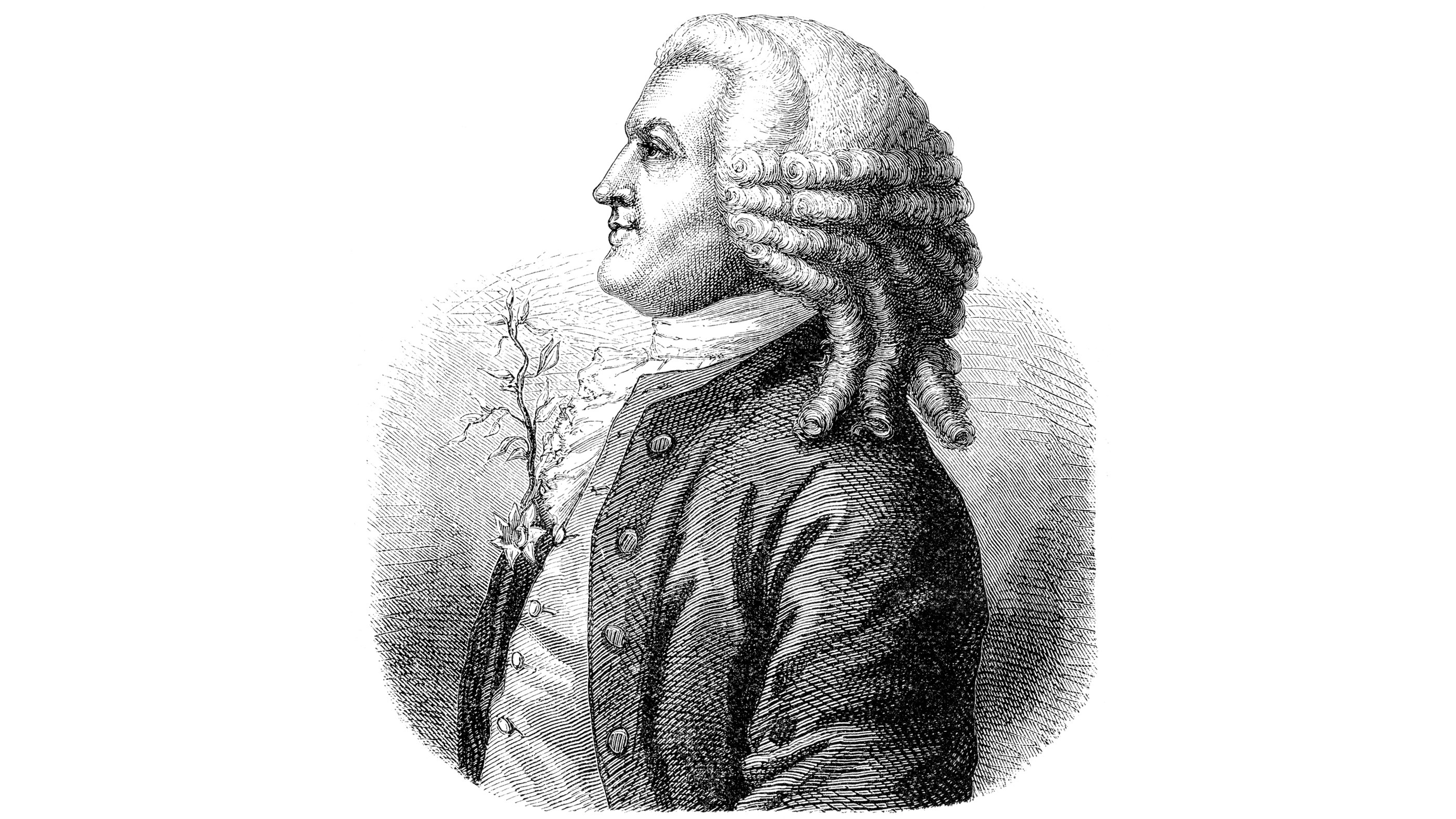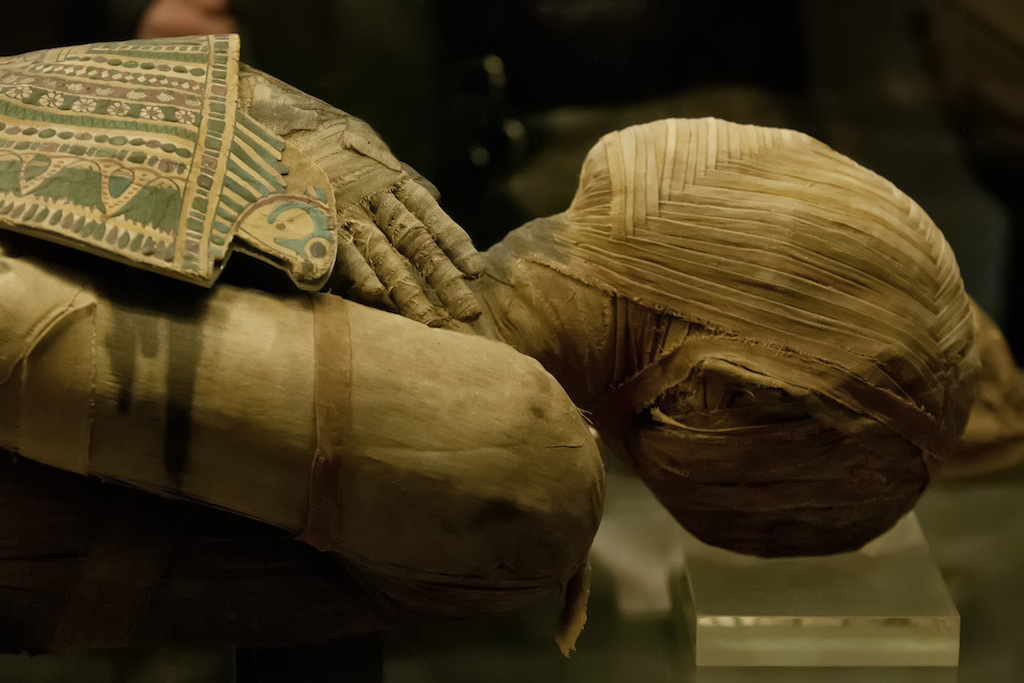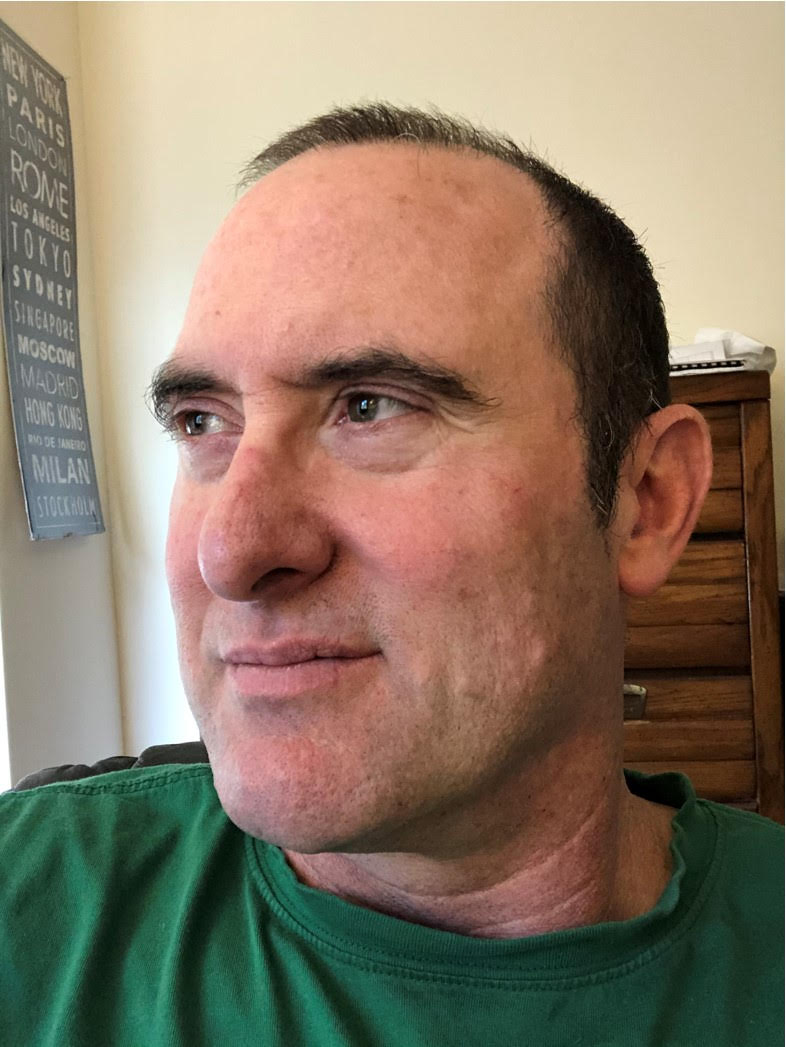
Tom Garlinghouse
Tom Garlinghouse is a journalist specializing in general science stories. He has a Ph.D. in archaeology from the University of California, Davis, and was a practicing archaeologist prior to receiving his MA in science journalism from the University of California, Santa Cruz. His work has appeared in an eclectic array of print and online publications, including the Monterey Herald, the San Jose Mercury News, History Today, Sapiens.org, Science.com, Current World Archaeology and many others. He is also a novelist whose first novel Mind Fields, was recently published by Open-Books.com.
Latest articles by Tom Garlinghouse
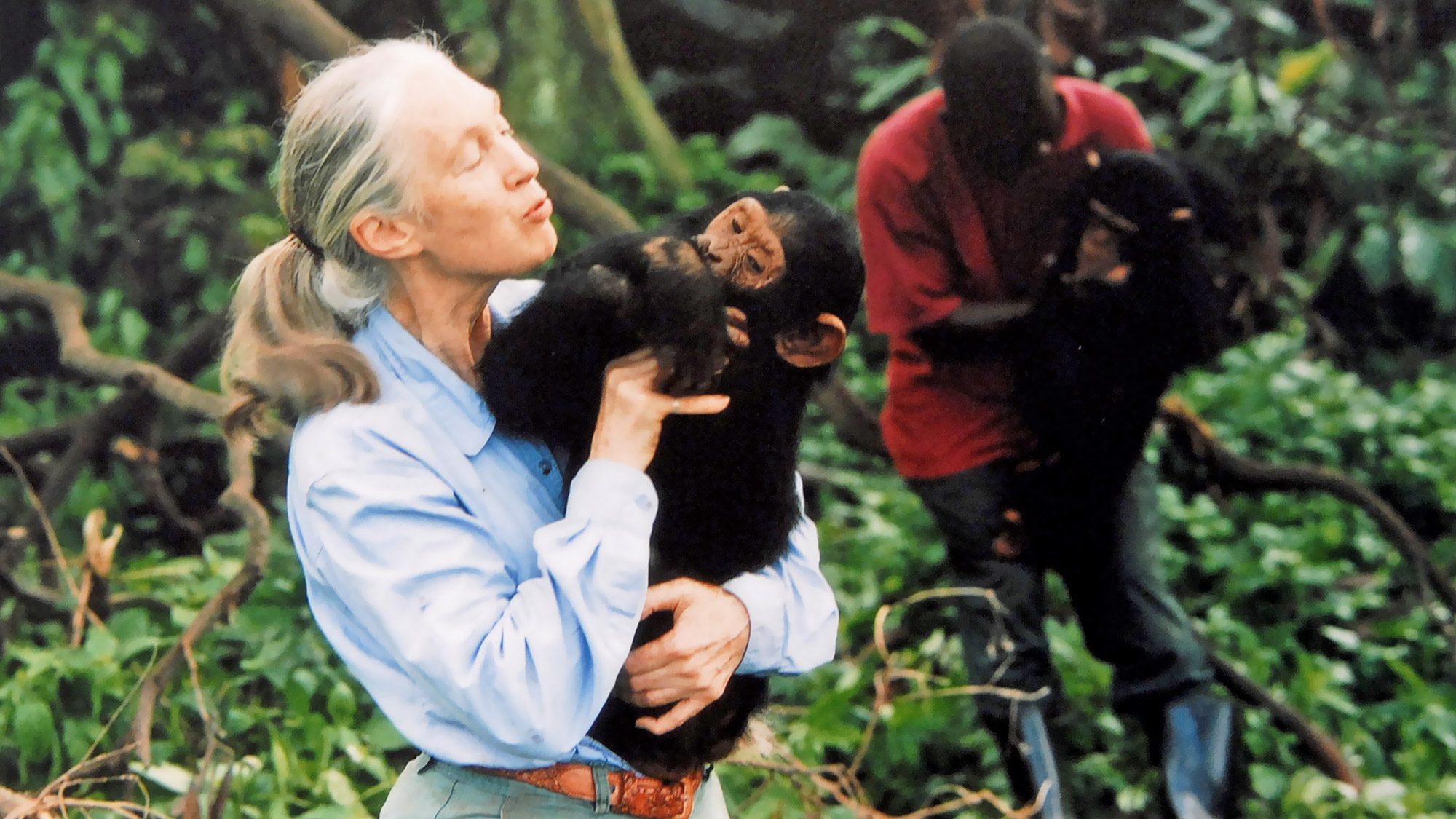
30 amazing women in science and math
By Tom Garlinghouse, Live Science Staff last updated
From the first woman to win a Nobel Prize to the discoverer of jumping genes, here are some of the women who have made major contributions to science and mathematics.

Who were the Scythians?
By Tom Garlinghouse last updated
Reference The Scythians were an important ancient society of warriors and pastoralists who dominated the steppe land north of the Black Sea between 800 B.C. and A.D. 300.
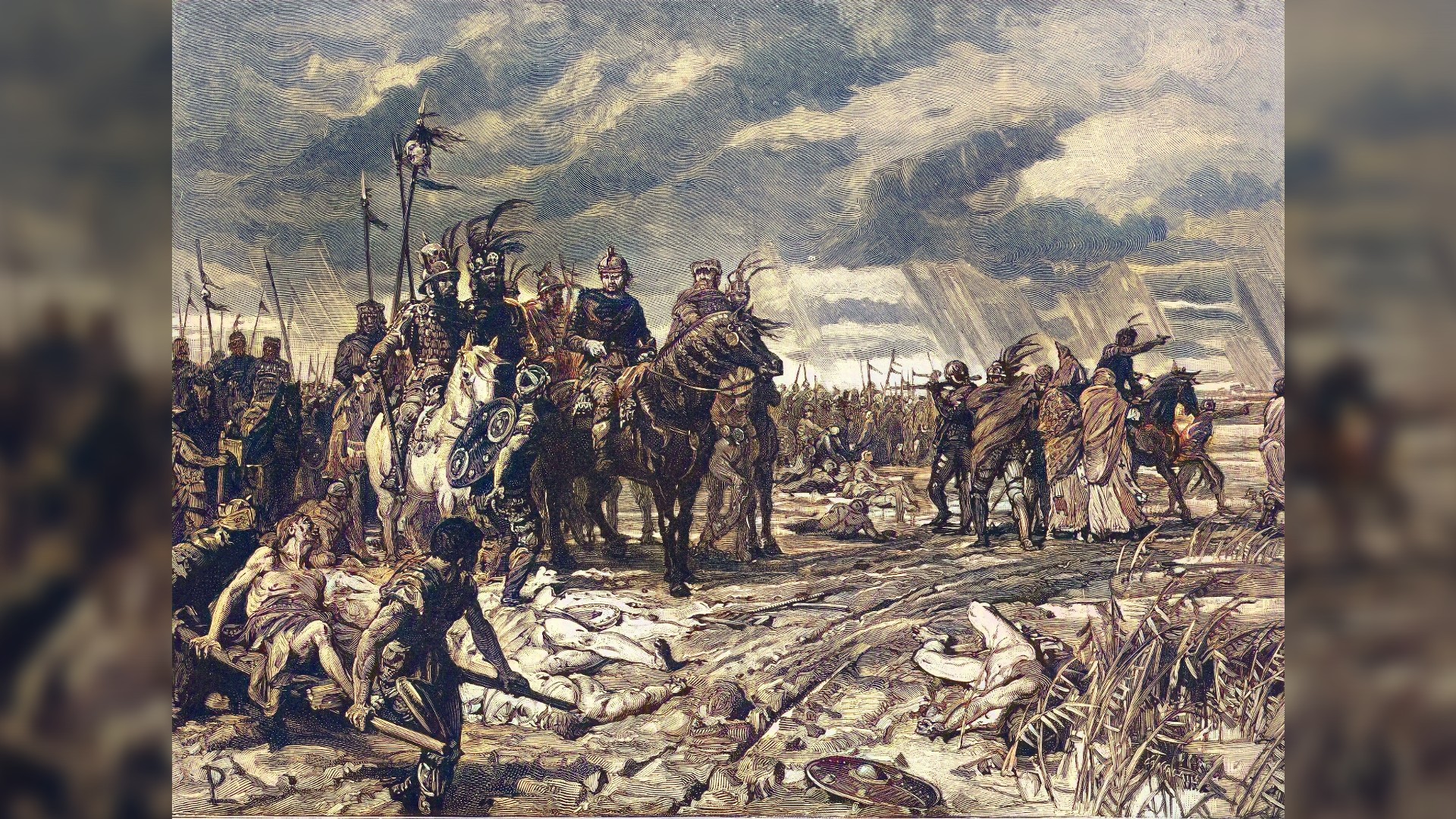
Who were the Huns, the nomadic horse warriors who invaded ancient Europe?
By Tom Garlinghouse published
The Huns were nomadic horse warriors, originally from Asia, who invaded Europe in the late fourth century A.D. and carved out an empire that stretched from Asia to Europe.
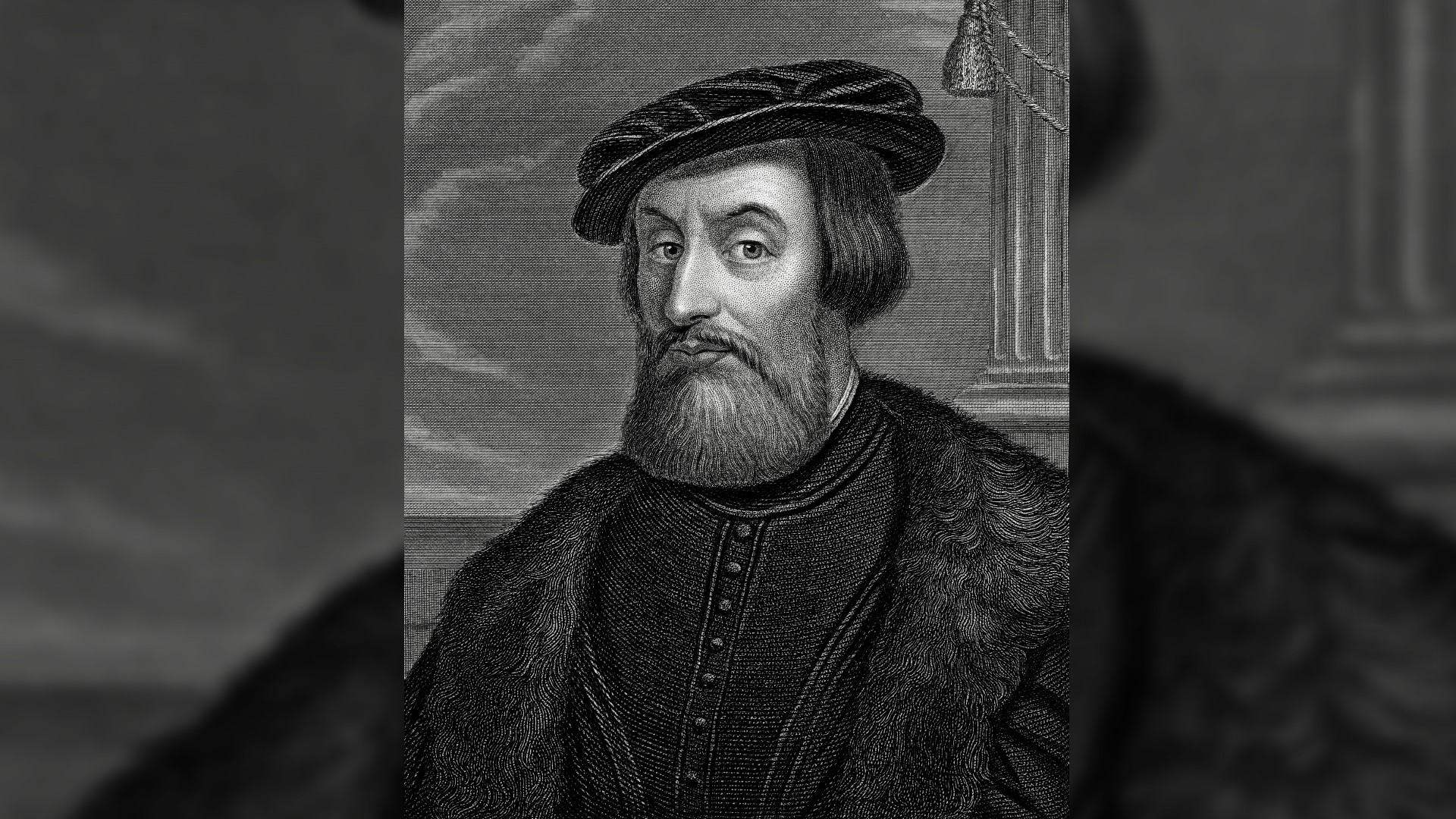
Hernán Cortés: Conqueror of the Aztecs
By Jessie Szalay last updated
Hernán Cortés was a Spanish conquistador who conquered the Aztec Empire in the early 16th century.
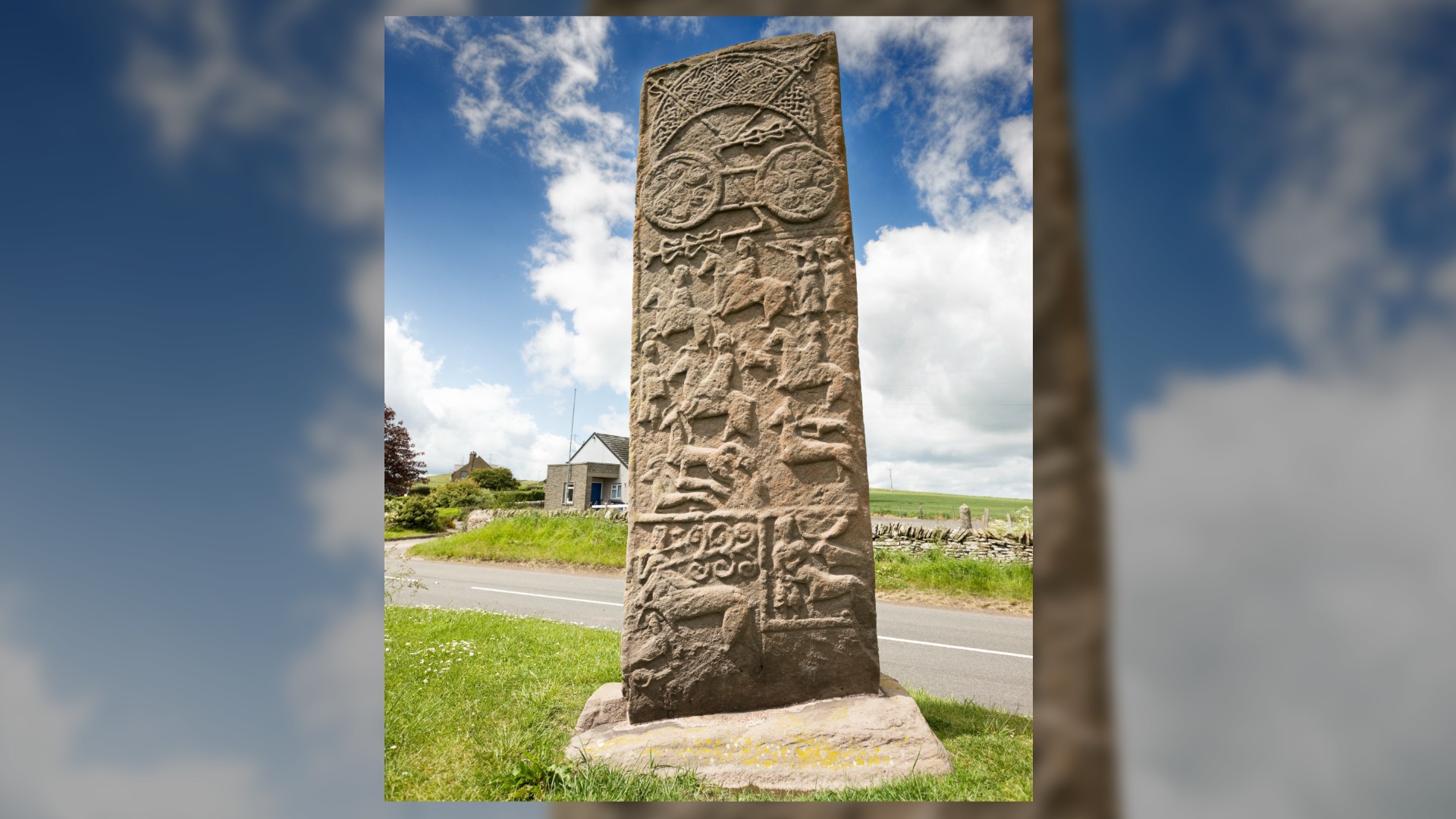
Who were the Picts, the early inhabitants of Scotland?
By Tom Garlinghouse last updated
Reference The Picts were a people of Celtic origin who lived in parts of Scotland from about the fourth century A.D. to the early Middle Ages.
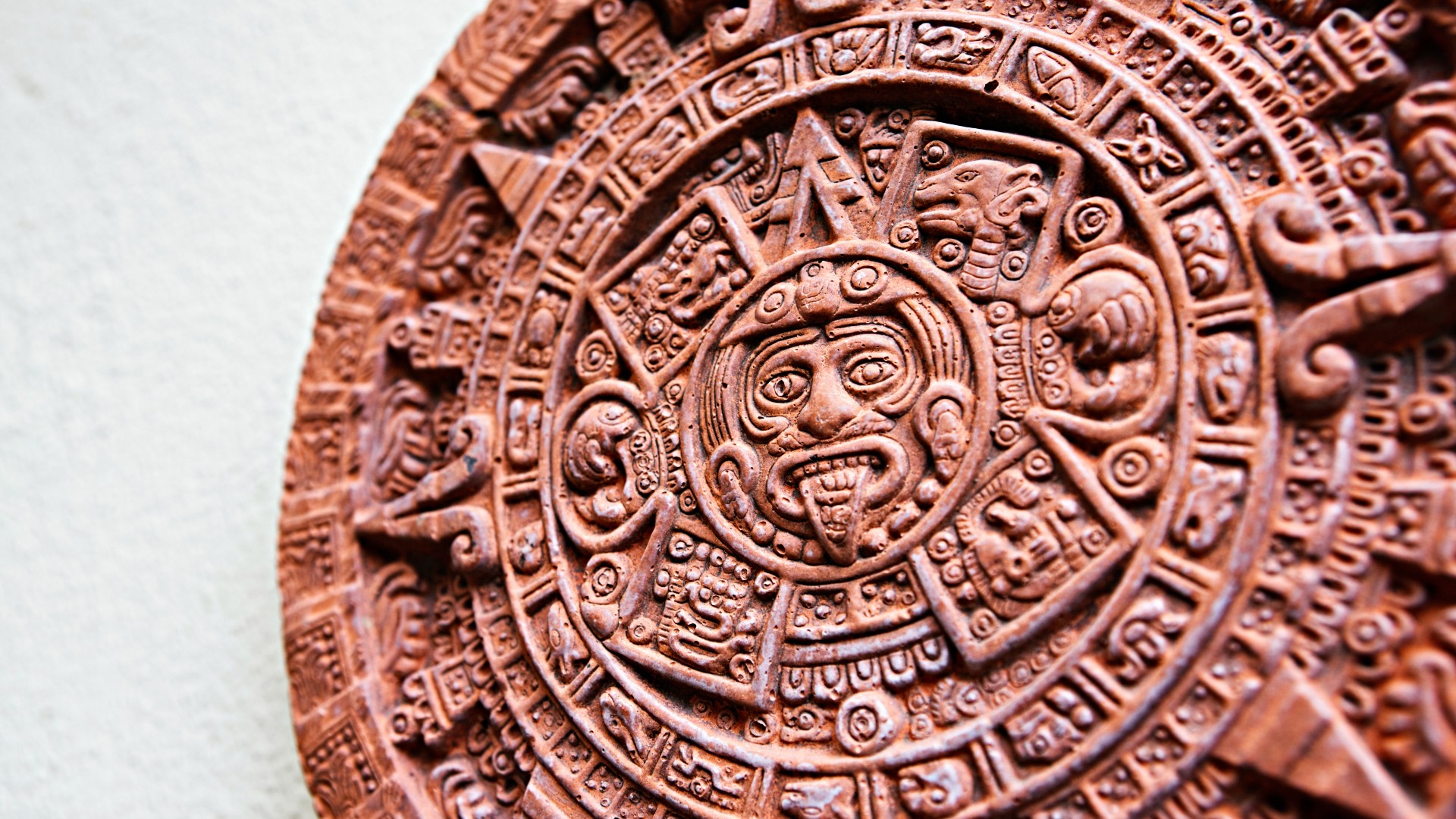
The Aztec civilization: Mexico's last great Indigenous empire
By Tom Garlinghouse published
The Aztec Empire flourished in the Valley of Mexico between A.D. 1325 and 1519 and was the last great civilization before the arrival of the Spanish in the early 16th century.
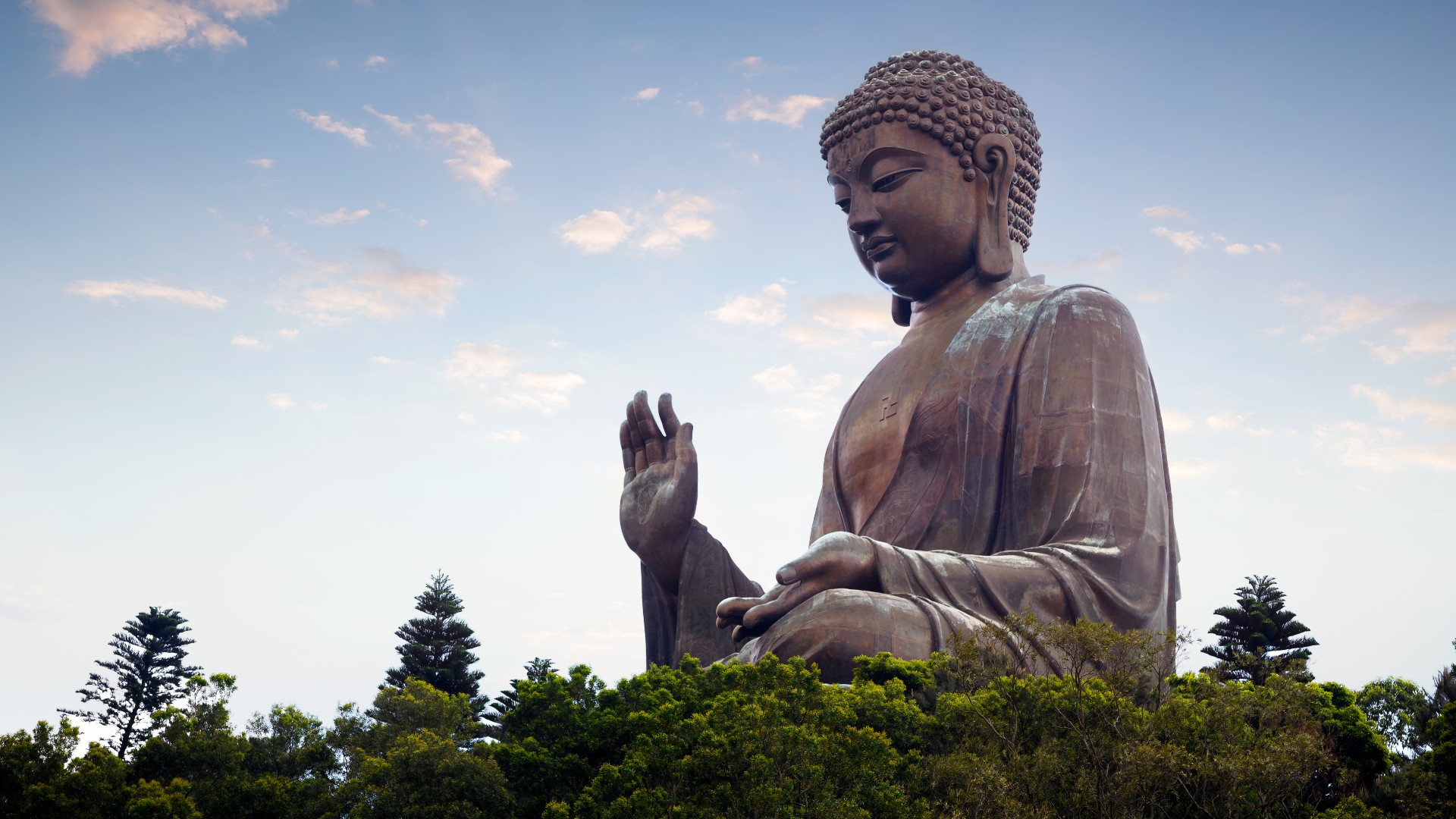
The Buddha: History, meditation, religion and images
By Tom Garlinghouse last updated
Siddhartha Gautama, better known as the Buddha, was a spiritual teacher who lived during the fifth and sixth centuries B.C. in India and founded the Buddhist religion.
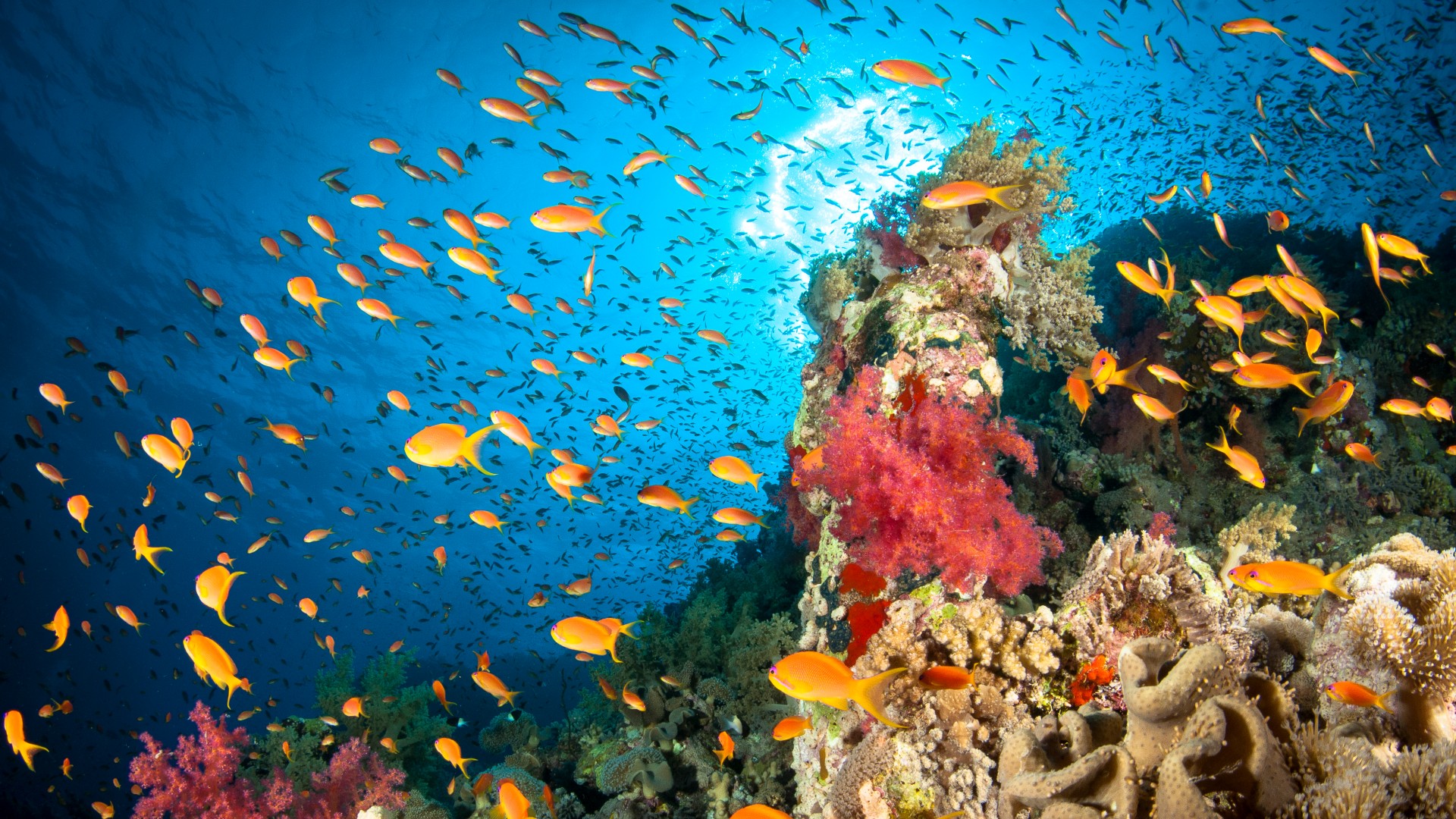
Is the Red Sea really red?
By Tom Garlinghouse last updated
The Red Sea takes its name from periodic blooms of a blue-green algae called Trichodesmium erythraeum, which turn the normally vivid blue waters a reddish-brown.

Why are manhole covers round?
By Tom Garlinghouse last updated
There are a myriad of answers to the question, "why are manhole covers round?" But most of them have to do with functionality and economy.
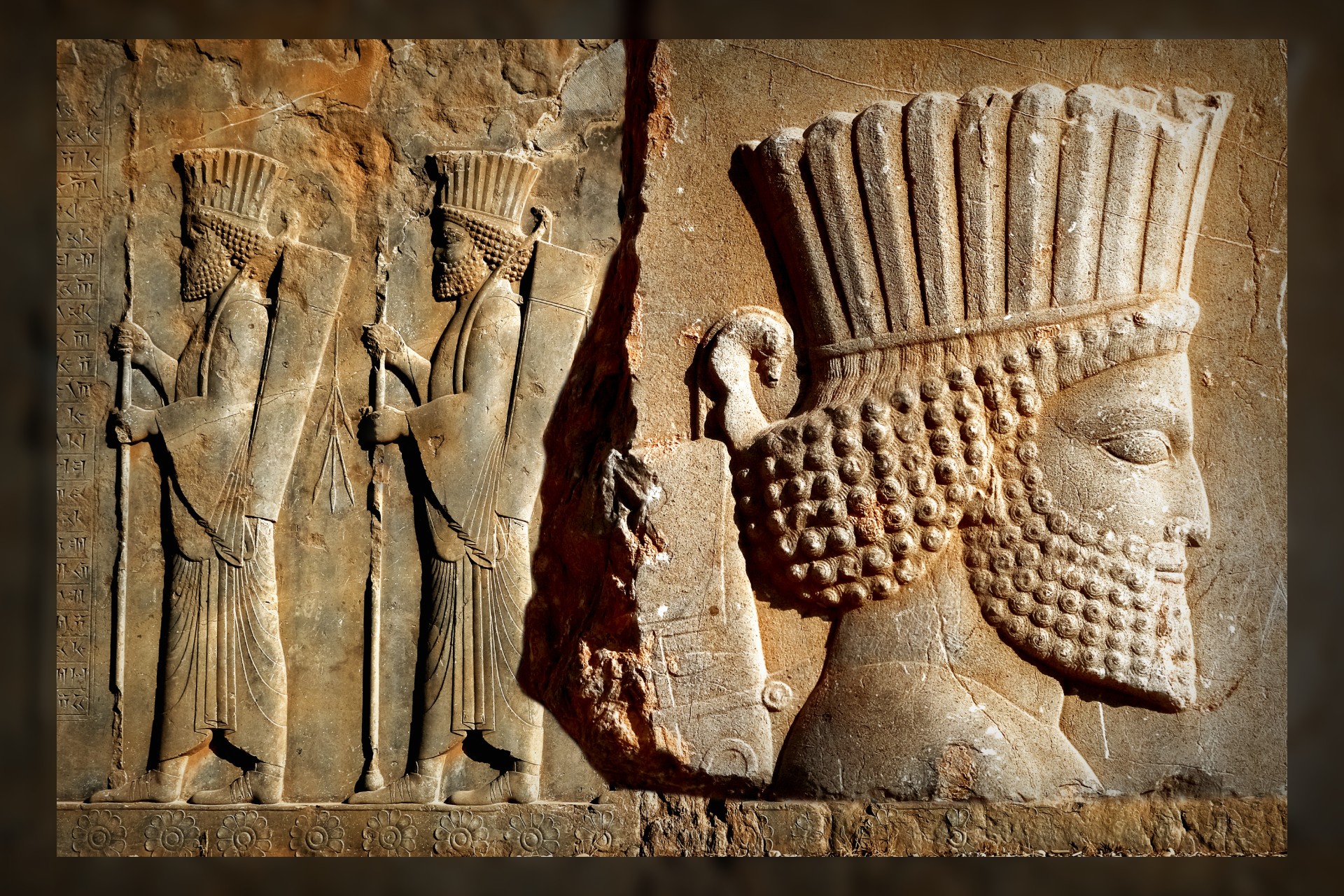
Who were the ancient Persians?
By Tom Garlinghouse last updated
Reference The Persians, originally a semi-nomadic people from central Asia, settled on the Iranian plateau and founded the Achaemenid Empire.
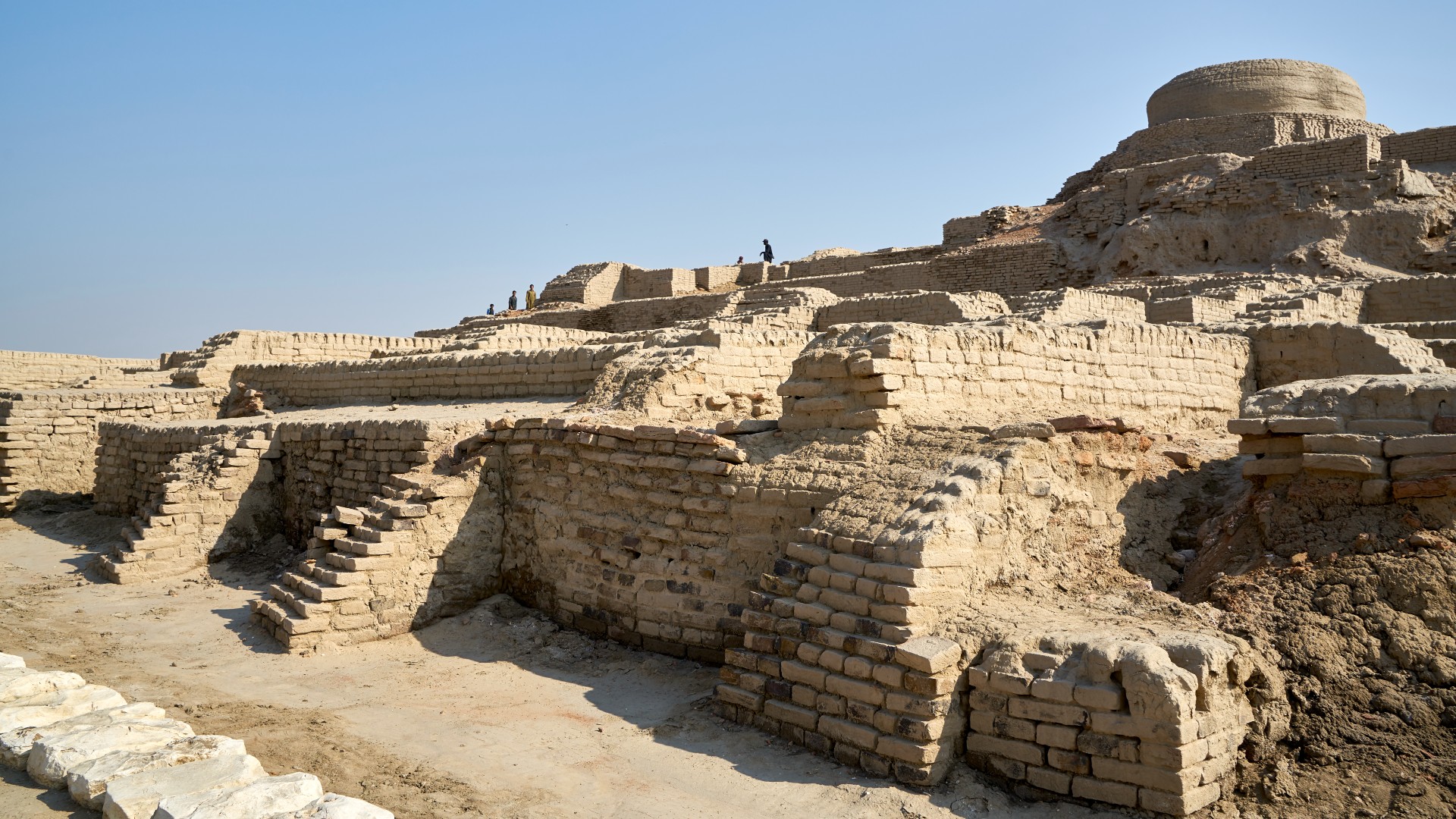
What was the Indus Valley Civilization?
By Tom Garlinghouse published
Reference The Indus Valley Civilization — famous for its large, well-planned cities — is considered one of the six early pristine state-level civilizations.
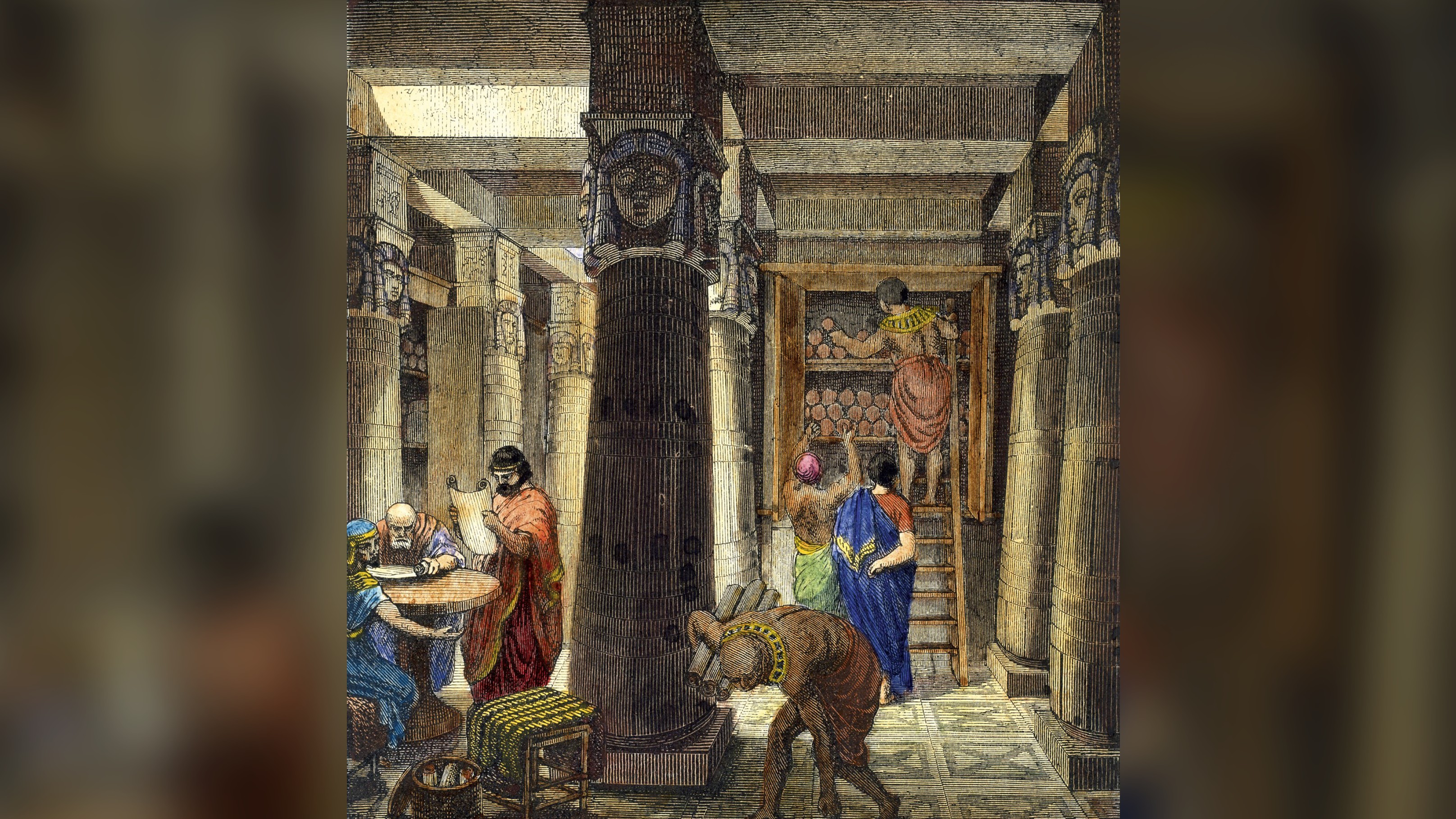
The rise and fall of the Great Library of Alexandria
By Tom Garlinghouse published
Reference The Great Library of Alexandria in Egypt was the most important repository of knowledge in the ancient world.

Freemasons: History, facts and myths
By Tom Garlinghouse, Callum McKelvie published
Reference Freemasons are often misunderstood as cult members or religious zealots, but they are actually part of the world's largest fraternal organization
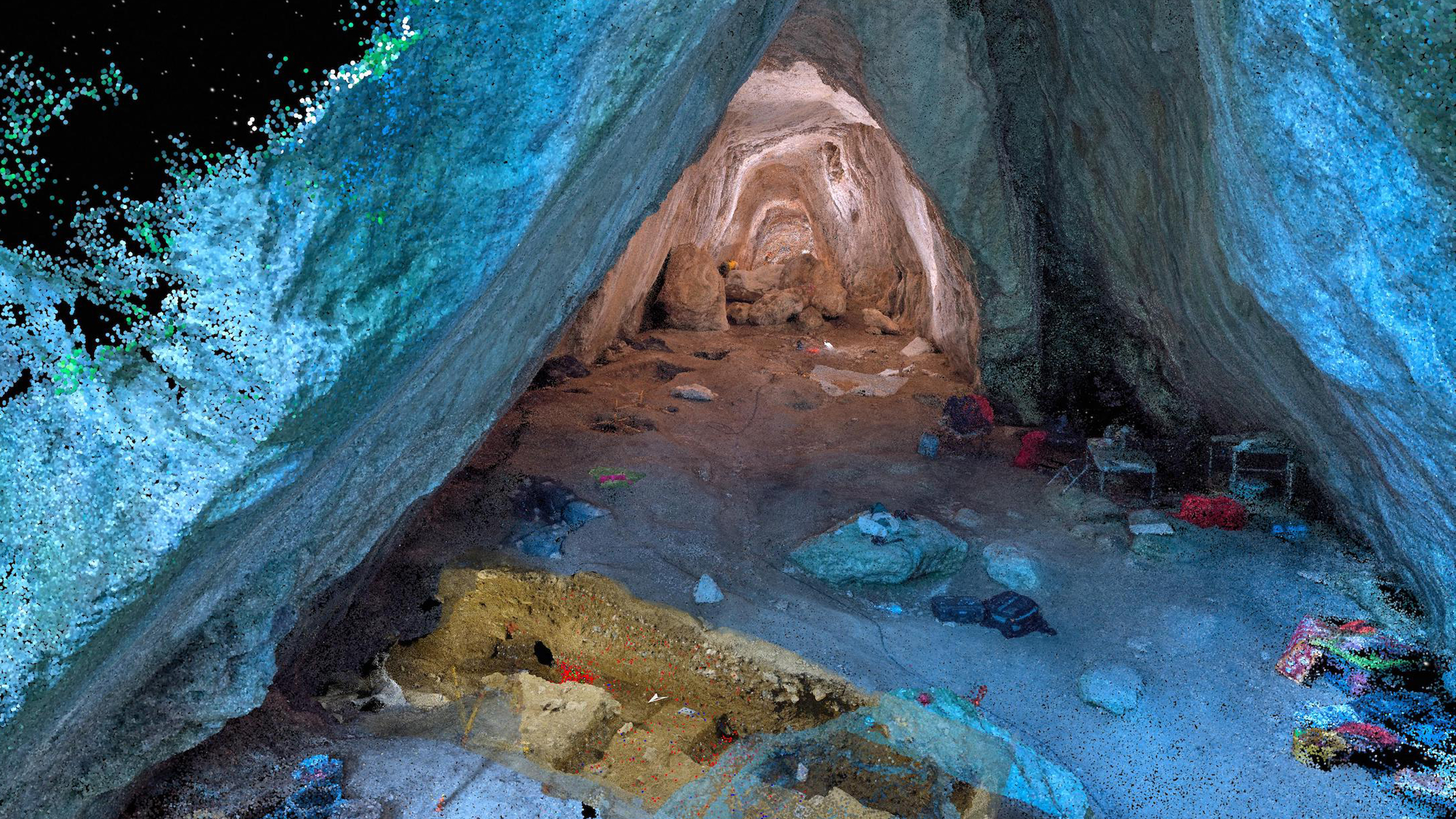
Burial of infant 'Neve' could be oldest of its kind in Europe
By Tom Garlinghouse published
An infant burial discovered in the Italian Alps sheds light on how the hunter-gatherers of Europe dealt with issues of personhood and status 10,000 years ago.
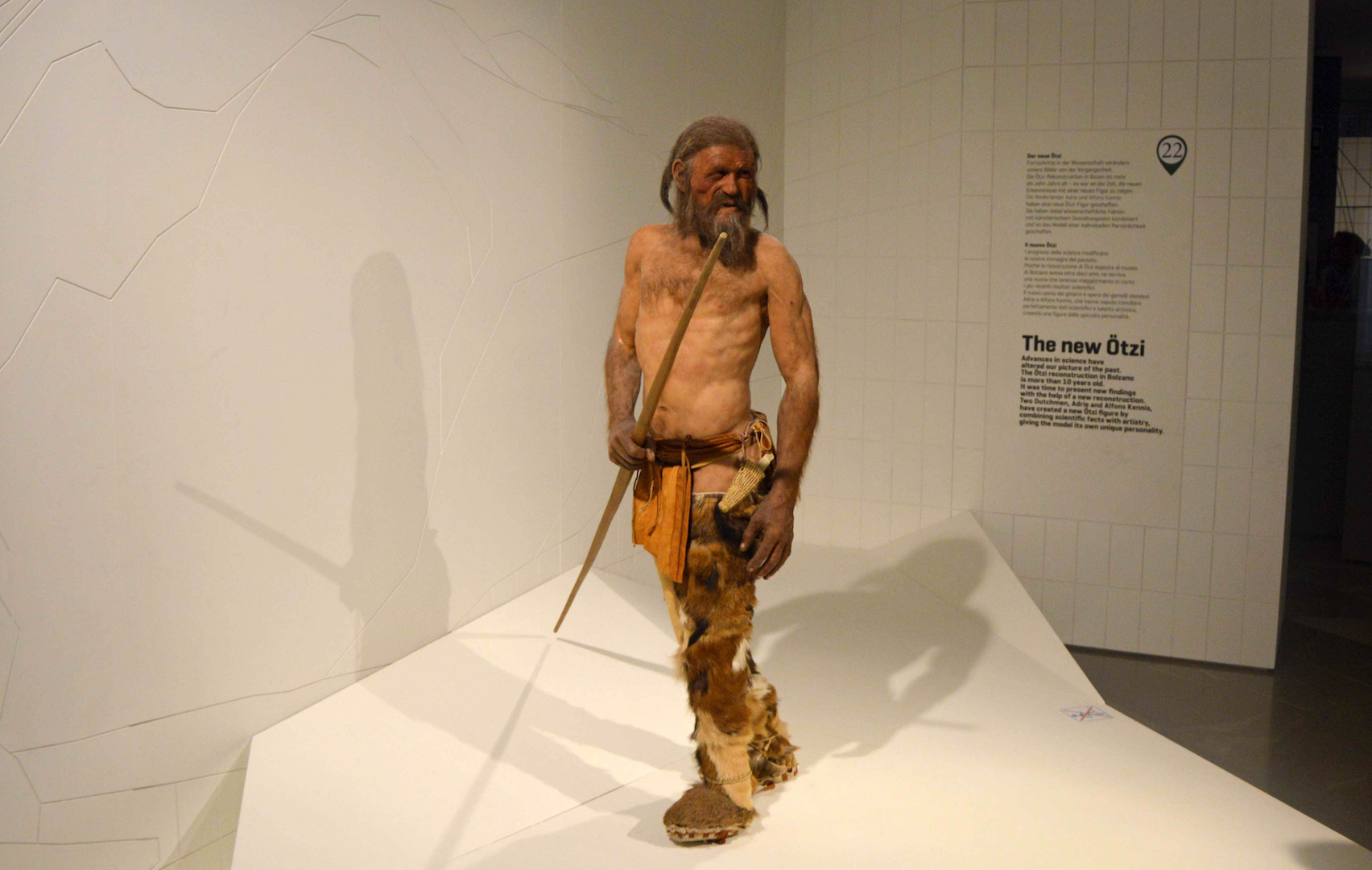
Ötzi the Iceman: The famous frozen mummy
By Tom Garlinghouse, Jessica Leggett published
Reference Ötzi the Iceman, a 5,300-year-old man whose mummified remains were dug out of an Italian glacier in the Alps, has fascinated the public since his discovery in 1991.
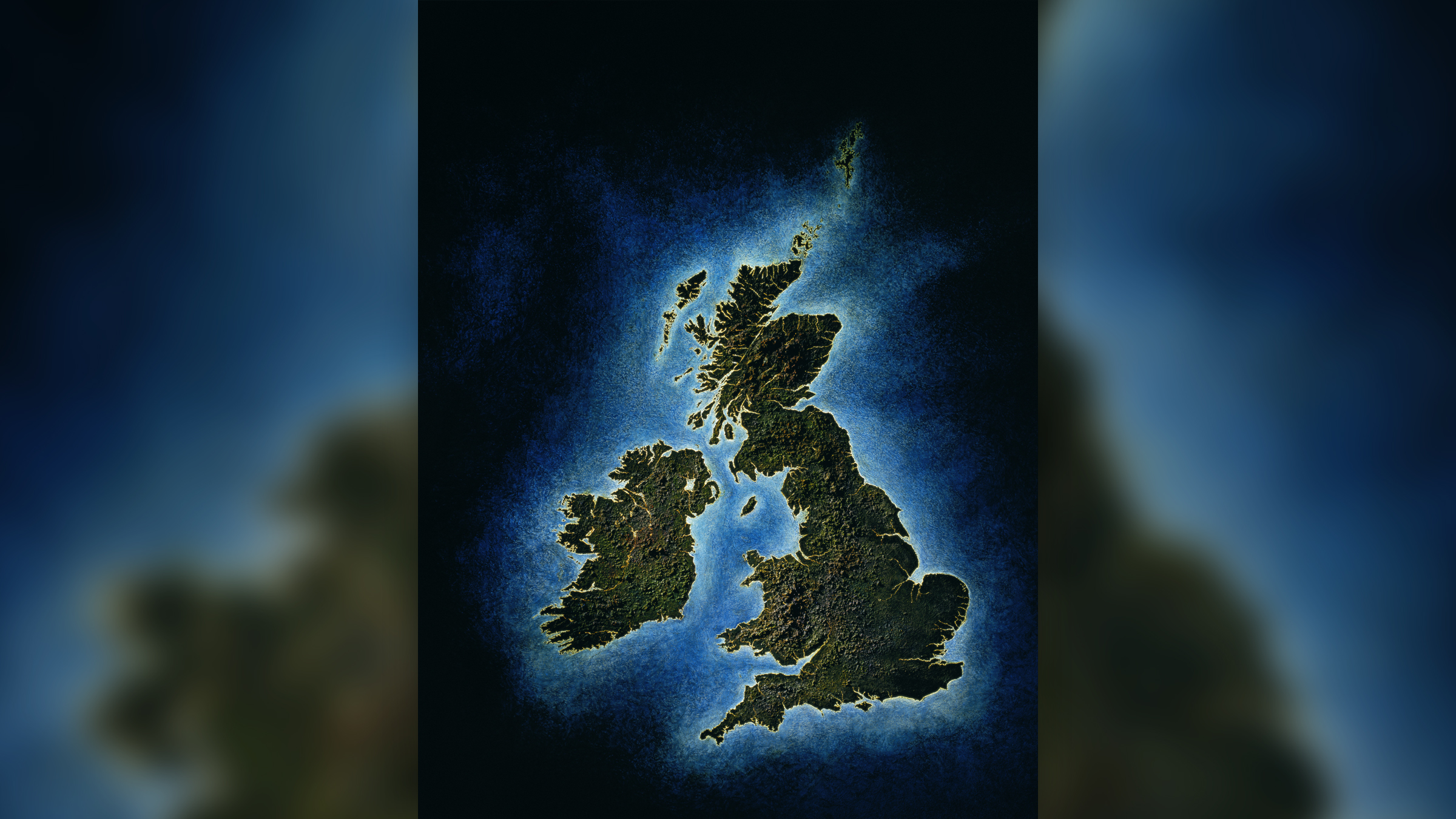
Who was the first person to write about the British Isles?
By Tom Garlinghouse published
In the fourth century B.C., a little-known Greek mariner visited the British Isles. When he returned, he wrote a book about his travels, called "On the Ocean," which was read for centuries.
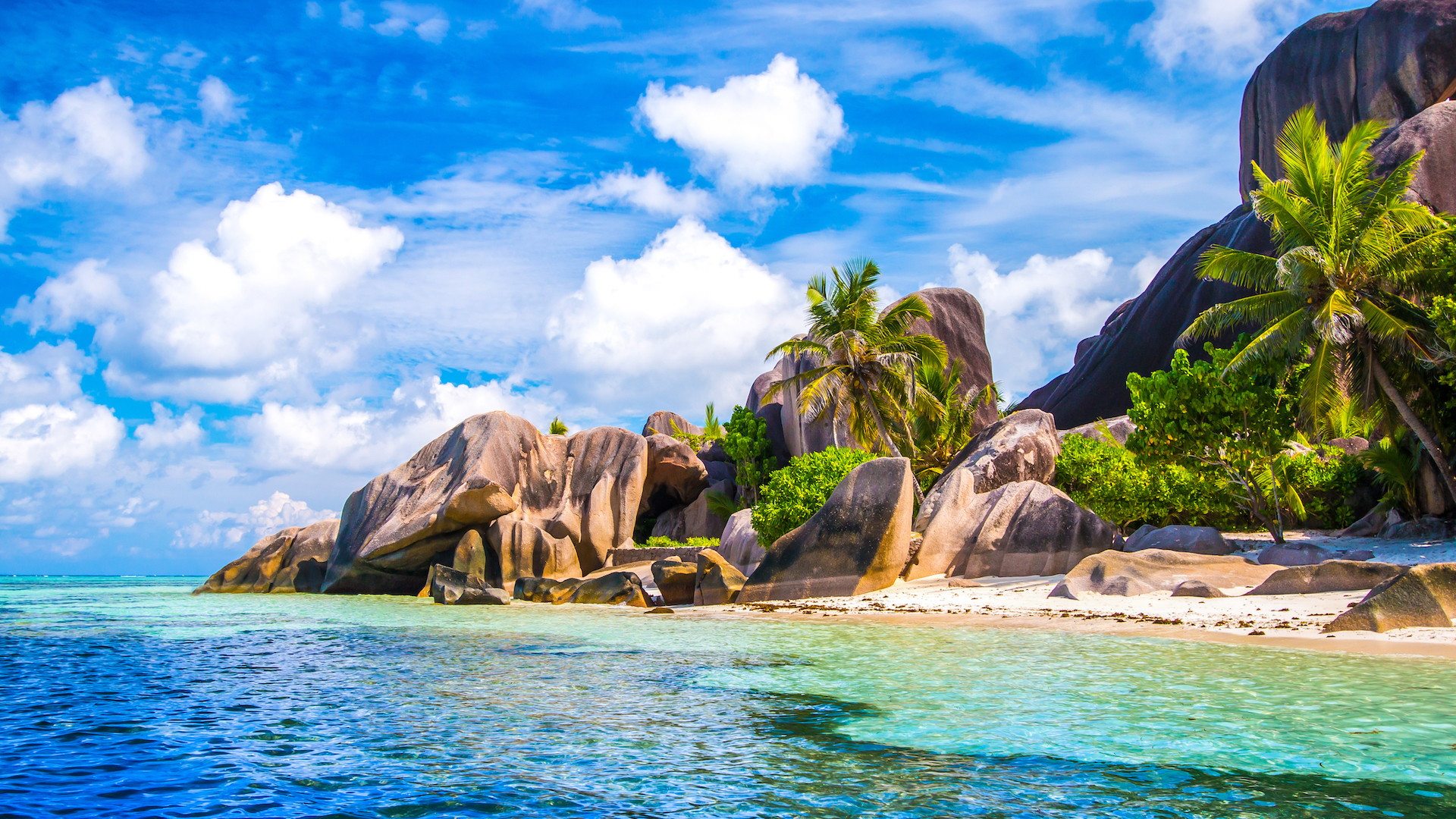
The most beautiful places in the world
By Tom Garlinghouse published
Our list of 10 of the most beautiful places in the world covers an array of natural landscapes, cities, islands and cultural sites.
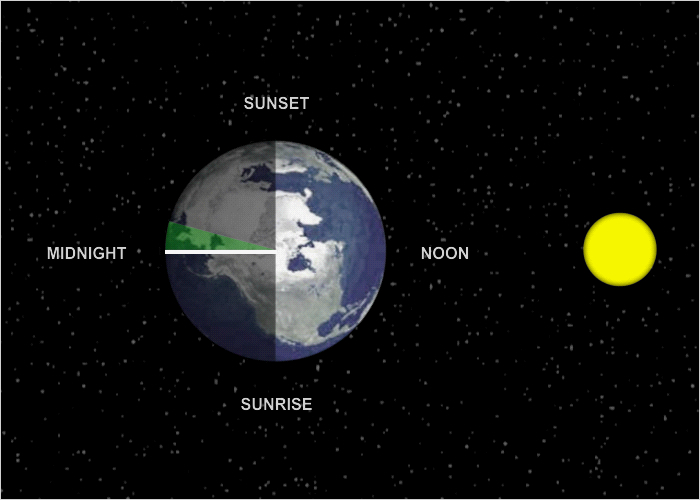
The international date line, explained
By Tom Garlinghouse published
The international date line is a concept often fraught with misunderstanding and confusion. But it plays an important role in our lives and a central role in timekeeping.
Sign up for the Live Science daily newsletter now
Get the world’s most fascinating discoveries delivered straight to your inbox.
